
Are Dachshunds easy to potty train?
Most new dachshund owners quickly notice their pup’s stubborn streak—something that can make potty training feel like a slow process.
The key to easy potty training starts with understanding your dog’s rhythm—puppies usually need to go within 15 minutes of eating, napping, or playing. Grab a sturdy leash and head to the same spot every time; consistency helps them link that area to “potty time.” Keep treats in your pocket too—when they go in the right place, a quick reward and excited “good job!” reinforces the behavior faster than anything else.
Don’t wait for accidents to happen; set a schedule that works with your day. Wake up 10 minutes earlier to take them out, and don’t skip post-dinner walks even on busy nights. If you catch them sniffing or circling inside, calmly pick them up and move to your designated spot—scolding after the fact just confuses them, since dogs don’t connect past actions to discipline.
Local rules matter here, so check your area’s laws first. Many cities in the US and EU have leash laws that apply even to puppies, and some require you to carry biodegradable poop bags (which you should use anyway to keep neighborhoods clean). Some places also mandate puppies be vaccinated before public walks, so if yours isn’t ready yet, stick to your yard or a private, fenced space for training.
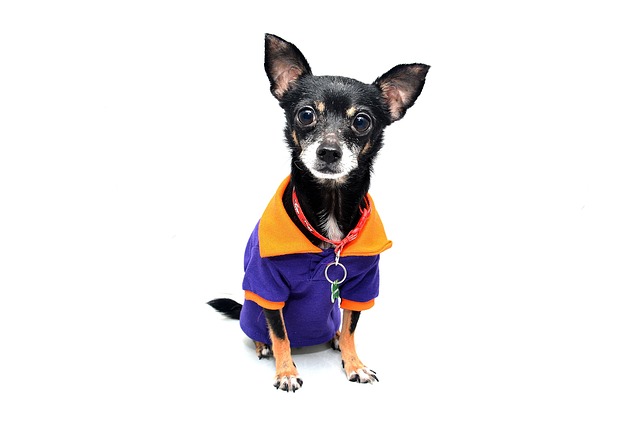 Mistakes will happen, but clean them up right to avoid repeat issues. Use an enzyme-based cleaner—regular soap leaves traces dogs can smell, tempting them to go in the same spot again. Keep a small spray bottle handy so you can tackle accidents quickly, and resist the urge to rub their nose in it; that’s outdated advice that just scares them, not teaches them.
Mistakes will happen, but clean them up right to avoid repeat issues. Use an enzyme-based cleaner—regular soap leaves traces dogs can smell, tempting them to go in the same spot again. Keep a small spray bottle handy so you can tackle accidents quickly, and resist the urge to rub their nose in it; that’s outdated advice that just scares them, not teaches them.
If you’re gone during the day, a crate can be a helpful tool—dogs naturally avoid soiling their sleeping space. Make sure the crate is the right size (big enough to stand and turn around, but not too big they can pee in one corner) and never use it as punishment. Leave a toy inside to keep them occupied, and take them out immediately when you get home to reward them for holding it.
Stick with the routine, and most dogs catch on in 2-4 weeks—small breeds might take a little longer, so be patient. Remember to always follow local pet laws, like picking up waste and keeping them leashed in public, to keep your training legal and neighbor-friendly. Before you know it, those midnight trips outside will be a thing of the past, and you’ll both feel more confident in your daily rhythm.

Most new dachshund owners quickly notice their pup’s stubborn streak—something that can make potty training feel like a slow process.
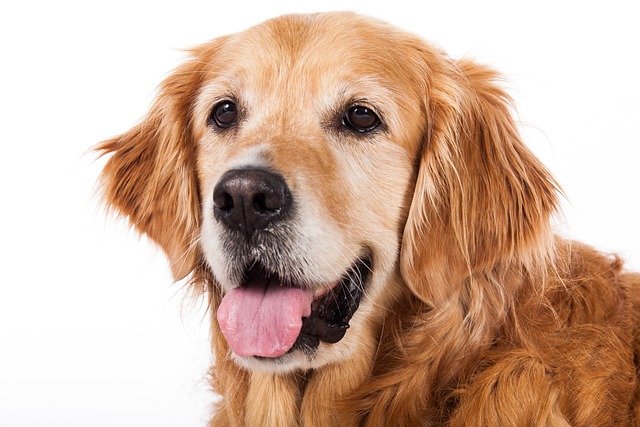
Many pet owners find themselves scratching their heads when bringing home an older dog—especially when accidents start happening inside.
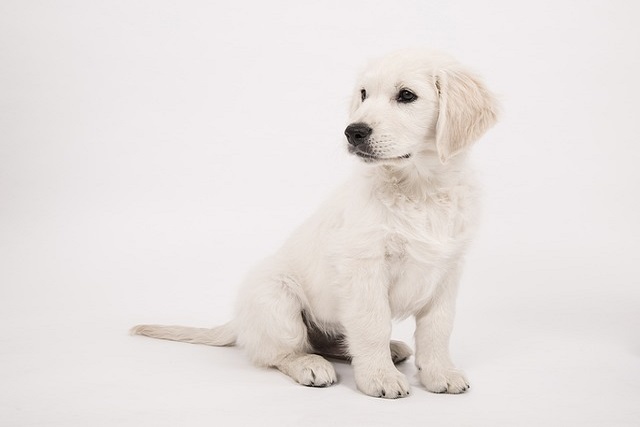
The moment you bring your new puppy home, you’re bombarded with advice on when to start obedience classes or leash training.

If you’re a new dog parent in the US—maybe you just spent 10 minutes hiding peanut butter treats around your Los Angeles apartment for your 7-month-old Corgi
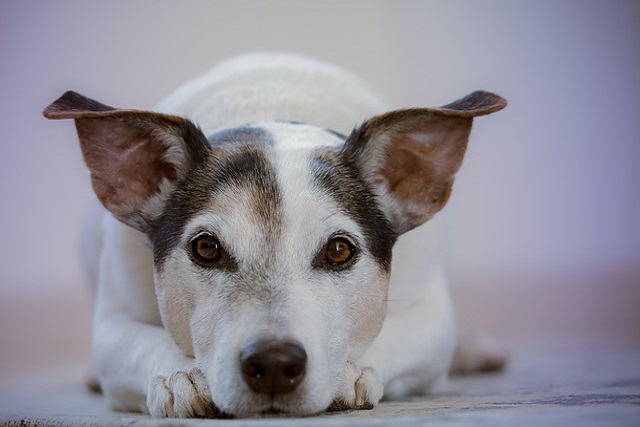
If your energetic Labrador mix spends a little too much time pacing your apartment or staring out the window, you might be looking for a better way to tire him
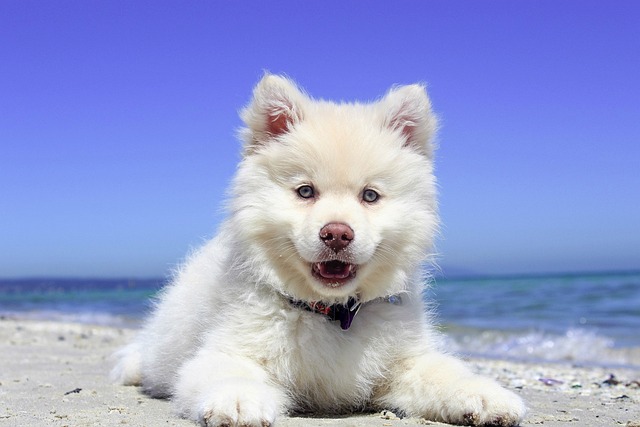
Older dogs often come with established habits—good or bad—and ditching the crate for house training means leaning into their comfort, not frustration.